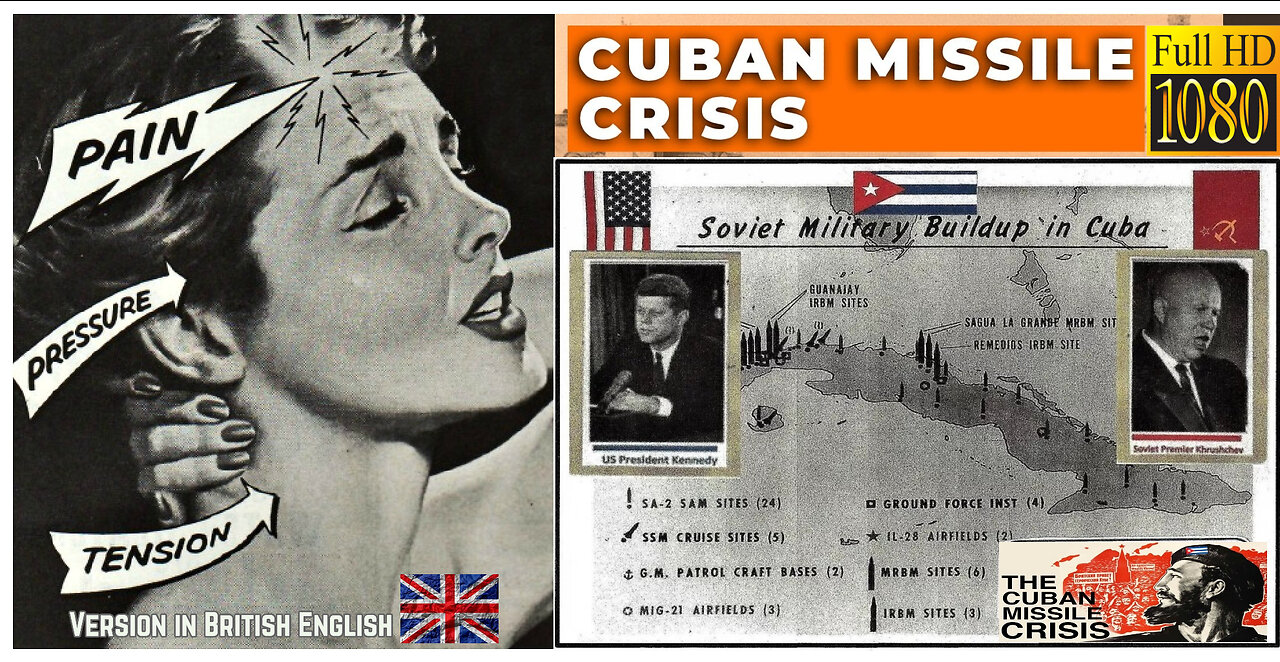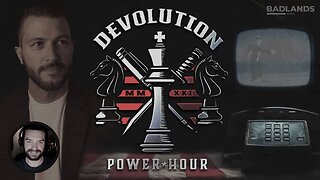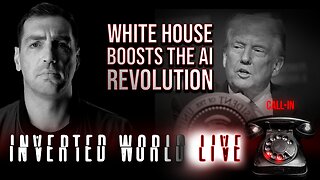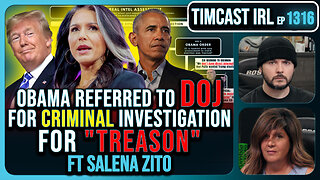Premium Only Content

Cuban Missile Crisis AKA as the October Crisis of 1962, Russian: Карибский кризис, tr. Cold War
The Cuban Missile Crisis, also known as the October Crisis (of 1962) (Spanish: Crisis de Octubre) in Cuba, the Caribbean Crisis (Russian: Карибский кризис, tr. Karibsky krizis, IPA: [kɐˈrʲipskʲɪj ˈkrʲizʲɪs]) in Russia, or the Missile Scare, was a 35-day (16 October – 20 November 1962) confrontation between the United States and the Soviet Union, which escalated into an international crisis when American deployments of missiles in Italy and Turkey were matched by Soviet deployments of similar ballistic missiles in Cuba. Despite the short time frame, the Cuban Missile Crisis remains a defining moment in national security and nuclear war preparation. The confrontation is often considered the closest the Cold War came to escalating into a full-scale nuclear war.
At the height of the Cold War, for two weeks in October 1962, the world teetered on the edge of thermonuclear war. Earlier that fall, the Soviet Union, under orders from Premier Nikita Khrushchev, began to secretly deploy a nuclear strike force in Cuba, just 90 miles from the United States. President John F. Kennedy said the missiles would not be tolerated and insisted on their removal. Khrushchev refused. The standoff nearly caused a nuclear exchange and is remembered in this country as the Cuban Missile Crisis. For 13 agonizing days—from October 16 through October 28—the United States and the Soviet Union stood on the brink of nuclear war. The peaceful resolution of the crisis with the Soviets is considered to be one of Kennedy’s greatest achievements.
In 1961 the US Government put Jupiter nuclear missiles in Italy and Turkey, and attempted to invade Cuba. Starting in November of that year the US Government engaged in a campaign of terrorism and sabotage in Cuba, referred to as the Cuban Project, which continued throughout the first half of the 1960s. The Soviet administration was concerned about a Cuban drift towards China, with which the Soviets had an increasingly fractious relationship. In response to these factors, Soviet First Secretary, Nikita Khrushchev, agreed with the Cuban Prime Minister, Fidel Castro, to place nuclear missiles on the island of Cuba to deter a future invasion. An agreement was reached during a secret meeting between Khrushchev and Castro in July 1962, and construction of a number of missile launch facilities started later that summer.
Meanwhile, campaigning for the 1962 United States elections was underway, and the White House denied charges for months that it was ignoring dangerous Soviet missiles 90 mi (140 km) from Florida. The missile preparations were confirmed when a US Air Force U-2 spy plane produced clear photographic evidence of medium-range R-12 (NATO code name SS-4) and intermediate-range R-14 (NATO code name SS-5) ballistic missile facilities.
When this was reported to President John F. Kennedy, he then convened a meeting of the nine members of the National Security Council and five other key advisers, in a group that became known as the Executive Committee of the National Security Council (EXCOMM). During this meeting, President Kennedy was originally advised to carry out an air strike on Cuban soil in order to compromise Soviet missile supplies, followed by an invasion of the Cuban mainland. After careful consideration, President Kennedy chose a less aggressive course of action, in order to avoid a declaration of war. After consultation with EXCOMM, Kennedy ordered a naval "quarantine" on October 22 to prevent further missiles from reaching Cuba. By using the term "quarantine", rather than "blockade" (an act of war by legal definition), the United States was able to avoid the implications of a state of war. The US announced it would not permit offensive weapons to be delivered to Cuba and demanded that the weapons already in Cuba be dismantled and returned to the Soviet Union.
After several days of tense negotiations, an agreement was reached between Kennedy and Khrushchev: publicly, the Soviets would dismantle their offensive weapons in Cuba and return them to the Soviet Union, subject to United Nations verification, in exchange for a US public declaration and agreement to not invade Cuba again. Secretly, the United States agreed with the Soviets that it would dismantle all of the Jupiter MRBMs which had been deployed to Turkey against the Soviet Union. There has been debate on whether or not Italy was included in the agreement as well. While the Soviets dismantled their missiles, some Soviet bombers remained in Cuba, and the United States kept the naval quarantine in place until November 20, 1962.
When all offensive missiles and the Ilyushin Il-28 light bombers had been withdrawn from Cuba, the blockade was formally ended on November 20. The negotiations between the United States and the Soviet Union pointed out the necessity of a quick, clear, and direct communication line between the two superpowers. As a result, the Moscow–Washington hotline was established. A series of agreements later reduced US–Soviet tensions for several years, until both parties eventually resumed expanding their nuclear arsenals.
-
 2:10:55
2:10:55
FreshandFit
8 hours agoAfter Hours w/ Girls
76.4K66 -
 22:26
22:26
Liberty Hangout
9 hours agoAnti-Trumper Has Complete Meltdown
12.1K26 -
 2:21:24
2:21:24
Badlands Media
11 hours agoDevolution Power Hour Ep. 374: Declassified Intel, Trump’s Traps, and the Optics of Collapse
113K26 -
 2:00:38
2:00:38
Inverted World Live
6 hours agoWhite House Boosts the AI Revolution | Ep. 79
37.1K11 -
 10:23:56
10:23:56
Dr Disrespect
14 hours ago🔴LIVE - DR DISRESPECT - 10 WINS CHALLENGE - BIG ANNOUNCEMENT AT 12PM PT
148K20 -
 1:35:15
1:35:15
Man in America
8 hours ago🚨 ALERT: Hospitals in the U.S. Are KILLING Patients… for Their Organs!
52.1K16 -
 2:36:28
2:36:28
I_Came_With_Fire_Podcast
13 hours agoObama's Treason, Trade War: Season Infinity, and Hunter's Pipe Dream
20.2K -
 2:52:51
2:52:51
TimcastIRL
6 hours agoObama Referred To DOJ For TREASON, Criminal Investigation, CIVIL WAR!! | Timcast IRL
217K118 -
 9:43:32
9:43:32
RalliedLIVE
13 hours ago $6.04 earned10 WINS WITH THE SHOTTY BOYS
100K4 -
 1:35:43
1:35:43
Badlands Media
16 hours agoAltered State S3 Ep. 38: Biolabs, Bitcoin & the Epstein Data Vault
58.8K11